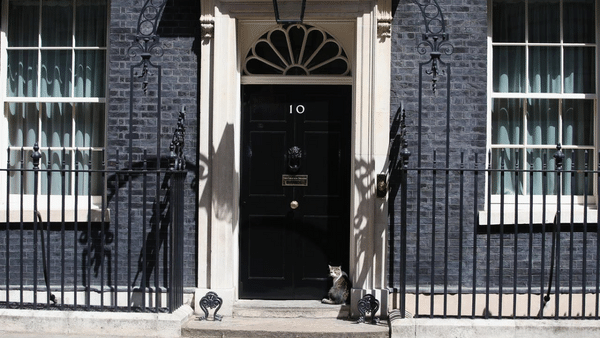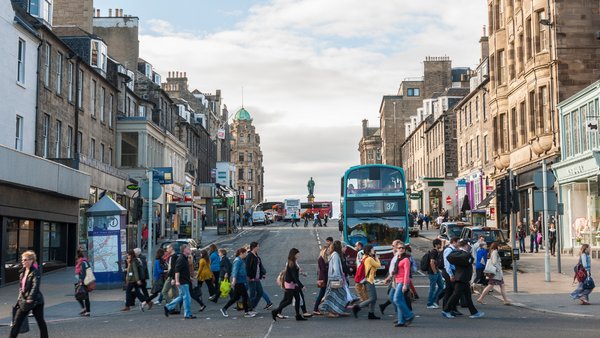There’s something quite satisfying about seeing others wear a poppy, even if you aren’t wearing one yourself. The scene of lots of people milling about with little red flowers on their lapel is both moving and visually striking. It impresses not simply because of the number of poppies on display, but more so because of what they represent. They are in effect – and without trying to look too deeply into this – collective expressions of care, solidarity and respect for those who have fought and sacrificed their lives for others.
But aren't they much more than this? Perhaps poppies are also symbols laden with a deeper meaning, tokens which express messages far beyond the remit of their intended purpose. What’s powerful is not just that we can see people caring for those who have given so much for their country, but also the display of a sheer expression of caring and giving in itself, regardless of the cause.
It’s cliché, and perhaps even self-absorbed, to suggest that our generation is facing some of the most turbulent times in living memory. Yet there is undoubtedly some truth in this. The now realistic chance of a break-up of the Eurozone, the prospect of coming close to the point of no return on climate change and the unexpected, though not entirely unsurprising, wave of rioting which spread across towns and cities across the country earlier this summer all seem to confirm what David Cameron recently coined as the ‘moral collapse’ of British society.
It’s in this turbulent context that expressions of the good society are so vitally important. While many of us know that when given the right space, capabilities and encouragement people can be remarkably caring and loving individuals, there is also a danger that all of this gets lost in the ether; what is unseen is simply taken as non-existent.
Perhaps then we need to find new and innovative ways of representing, expressing and making manifest our concealed pro-social values through solid and tangible symbols. While poppies, ribbons and the various other tokens used by charities may not have been created with the explicit intention of fulfilling this role, they certainly give us a better sense of how we might begin to create the new ‘civic symbols’ which we could so clearly benefit from.
Related articles
-
Design for Life: six perspectives towards a life-centric mindset
Joanna Choukeir Roberta Iley
Joanna Choukeir and Roberta Iley present the six Design for Life perspectives that define the life-centric approach to our mission-led work.
-
Inventing meaning and purpose: a politics award for our times
Ruth Hannan
Ruth Hannah is inspiring you to submit your creative and courageous political project to the Innovation in Politics Awards 2022.
-
How can we cultivate healthier and happier communities?
Ella Firebrace Riley Thorold
How might we look to our futures and shape what it means to lead healthier and happier lives?




Be the first to write a comment
Comments
Please login to post a comment or reply
Don't have an account? Click here to register.